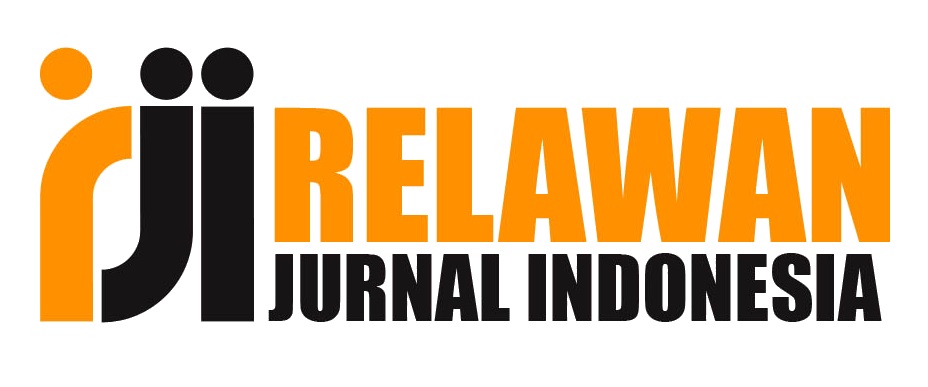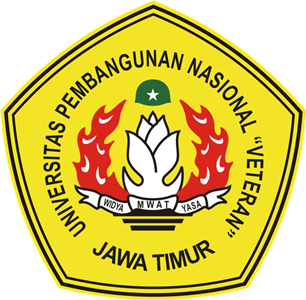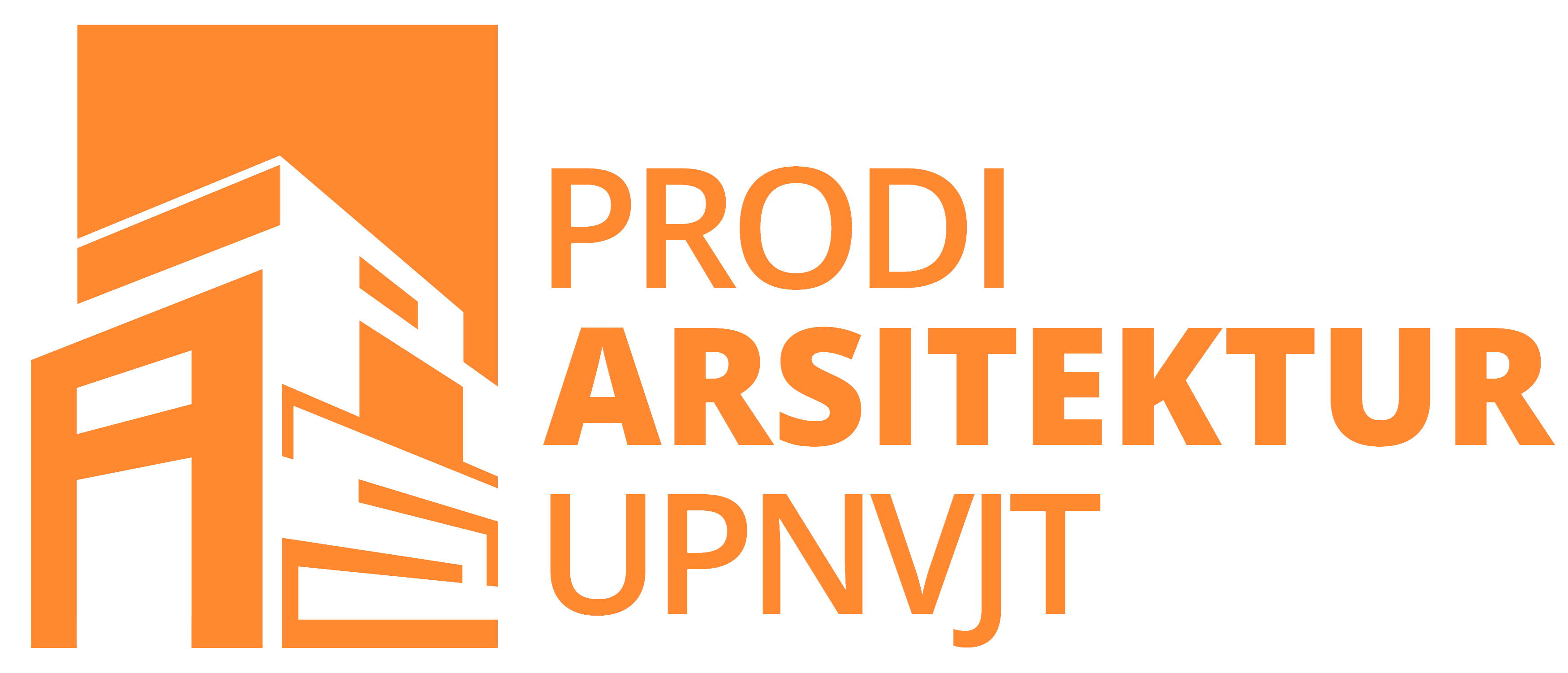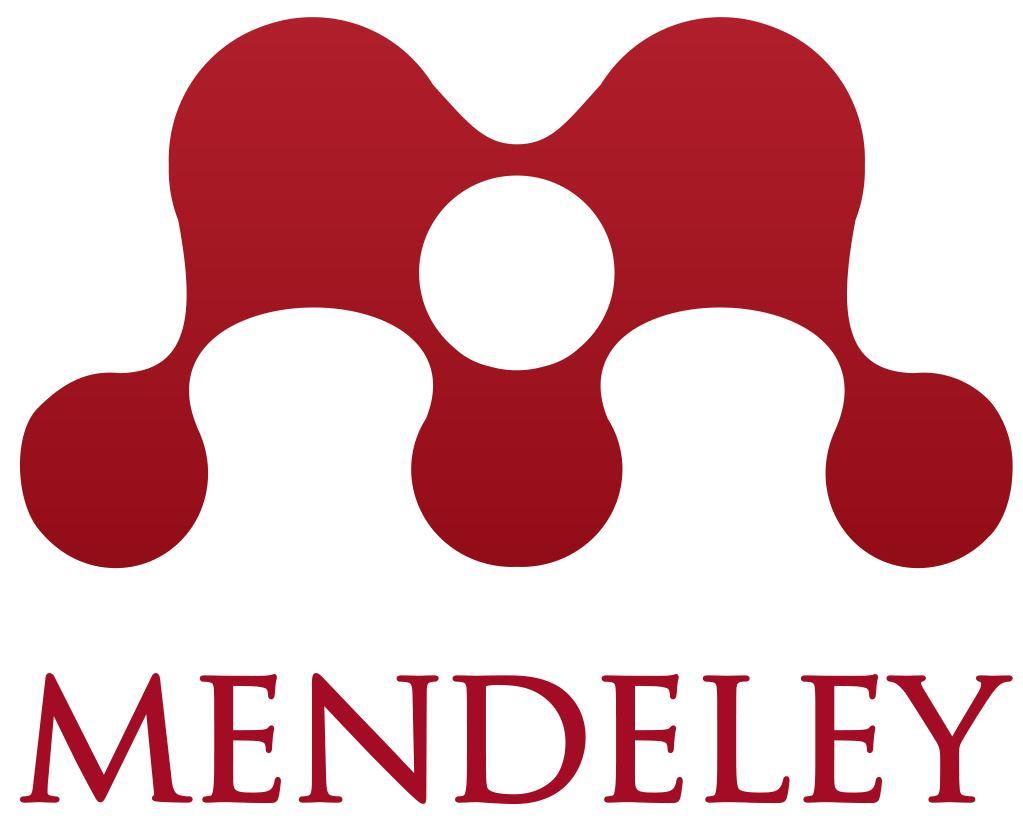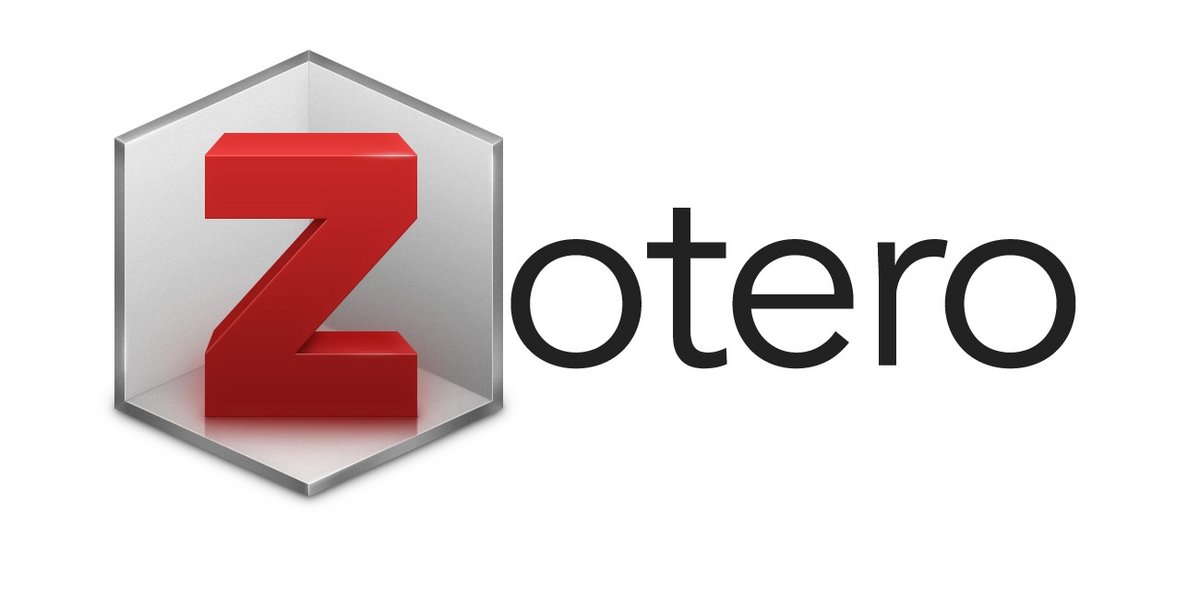Author Guidelines
Manuscript Submission
All manuscripts must be submitted to BORDER Journal through online submission on website: http://border.upnjatim.ac.id/. The Editorial Team welcomes articles and research reports that have never been submitted for consideration nor published elsewhere. If authors have any problems on the online submission, please contact Editorial Team at the following email: jurnalborder@upnjatim.ac.id.
Registration and log in are required to submit items online and to check the status of current submissions.
For a new user, please create an account by click REGISTER
If you already have a username/password, please LOG IN
Guideline on how to prepare the manuscript can be read in below and ARTICLE TEMPLATE.
Reviewing of Manuscript
Editorial team authorized to accept, reject, or suggest the author(s) to improve the manuscript. If the content and format of the submitted manuscript is seen as appropriate by editors, it will be sent out for blind review by two independent reviewers with criteria of originality, significance, quality, and accuracy. Revision may be required in the light of reviewers’ comment.
Revision of Manuscript
The manuscript suggested to be revised is to be sent to author(s) along with the reviewers’ comments. All paper sent back to author(s) for revision must be returned to editor as soon as possible by online submission interface. Author(s) can also provide rebuttal comments or suggestions for editor related to reviewers’ comments. Revised manuscript returned later than three months will be considered as a new submission.
General Manuscript Preparation Guidelines
As per our journal's policy, all articles will be published in English starting from November 2024. So, Please write the text in appropriate English ;
- The manuscript written with Microsoft Office Word in compatible version of 97-2003 document;
- In general, the text use Times New Roman font, 12 pts, 1 column, 1.15-line spacing, justify alignment, normal margin in every side, and use A4 size paper;
- The main body of the manuscript should be shorted in consecutive order as INTRODUCTION, METHODS, RESULT AND DISCUSSION, CONCLUSIONS. All pages should be numbered consecutively;
- Every heading should be in uppercase, bold, and center alignment. Subheading written in bold too but in Capitalized Each Word and left alignment;
- Each paragraph should be indented by 5 points on start;
- Figure refer to all illustrations (maps, diagrams, charts, photographs, etc.). Figure title should be in center alignment and numbered below the figure, including figure source and year, as in the Article Template;
- Table title should be in center alignment and numbered above the table. Its source and year should be provided and located under the table;
- Equations should be given on separate lines with the equation number in parenthesis at the right margin, applying International System of units (SI units).
- Citation information (author and year of publication) should be included in the texts as well as listed inside the references list (do not use footnote);
- Total number of illustration (figure) and table range is from 5-10;
- The manuscript should be written not more than 6,000 words, not less than 6 pages and not more than 15 pages.
Title
The title of the manuscript must be concise, specific, informative, and complete, not exceed 12 words. Title written in uppercase, bold, 14 pts, and center alignment. This is an opportunity to attract the reader’s attention, that are potential authors who will cite the article. Identify the main issue of the paper, begin with the subject of the paper, and do not contain infrequently-used abbreviations.
Author’s Data
Author(s) name should be written in bold and 11 pts font, without title and professional positions. Do not abbreviate last or family name. Always give full name (including first and last names).
Affiliation of all authors should be clear written, in 10 pts font. Affiliation includes: name of department/unit, faculty, name of university or institution, address, and country. Email address provided for correspondence author.
Abstract and Keywords
A paragraph concise description (consist of 150-200 words) of the purpose, methods, results, and conclusions, written in 10 pts font, indented by 5 points. Abstract provided in English or plus Bahasa Indonesia if the manuscript is in Bahasa. Abstract should stand alone, means there is no citation in abstract. Consider it as the advertisement of the article, abstract should tell the prospective reader what you did and highlight the key findings. Using technical jargon and uncommon abbreviations should be avoided, but must be accurate, brief, clear and specific. Abstract should be precise and honest, summarizing the significant points of the paper, using words which reflect the precise meaning. The abstract then should be represented within 3-5 keywords, ordered by alphabet.
Introduction
On this section and so on of manuscript, text should be written in Times New Roman, 12 pts, and 1.15-line spacing. In Introduction, author(s) should provide adequate background and very short literature survey in order to record the existing solutions/method, to show which is the best of previous researches, to show the main limitation of the previous researches, to show what do you hope to achieve (to solve the limitation), and to show the scientific merit or novelties of the paper. The objectives of the work should be stated at the end of introduction section.
Methods
When journal paper are research based articles, specific methods should be used for the research, explained briefly, clear, and concise on this section. It can be covered by explanation of research approach utilized in the work.
Result and Discussion
This section is the body of paper, can be consist of sub-title that representing discussion of the paper. The results should scientifically summarize findings rather than providing data in great detail, should be clear and concise. The discussion should explore the significance of the works’ results, but do not reiterate the result. In discussion, it is where author(s) get the chance to sell data. Commonly, should begin with a brief summary of the main scientific findings (not experimental results), followed by discussion on how do the results relate to the original question or objectives outlined in the introduction section, what do author(s) provide interpretation scientifically for each of results or findings presented, why are the results consistent with what other researchers have reported.
Conclusion
Conclusions should answer the objectives of research, how the work advances the field from present state of knowledge. Without clear conclusions, reviewers and readers will find it difficult to judge the work, and whether or not it merits publication in the journal. Do not repeat the Abstract, or just list experimental results. Clear scientific justification for the work should be provided, and possible application and extension indicated. Future experiment related to the work suggested and/or that are underway is pointed out.
Citation and Reference
Author(s) is required to use reference management tools (e.g., Mendeley, EndNote, or Zotero) on APA (American Psychological Association) 6th edition style in writiinh the citation and list of references. The references should be ordered based on alphabetical and chronological order.
Estimated Timeline and Stage
- Submission: author(s) can adjust the submission time according to the review period;
- Initial review by editor: before the manuscript submitted to reviewer, editor can provide feedback in advance to author(s);
- Initial decision by Editor: manuscript can be submitted to reviewers or rejected;
- Review by reviewers: 1-3 months before scheduled journal publication. The review time length maybe vary, depends on the reviewer;
- Reviewer recommendation and editorial team decision: to accept, reject, or suggest revision to author(s) based on reviewers’ recommendation;
- Revision by author(s): approximately 2 weeks;
- Editing for publication and author proofreading.
More detailed information about manuscript can be found on BORDER Journal’s Article Template.







